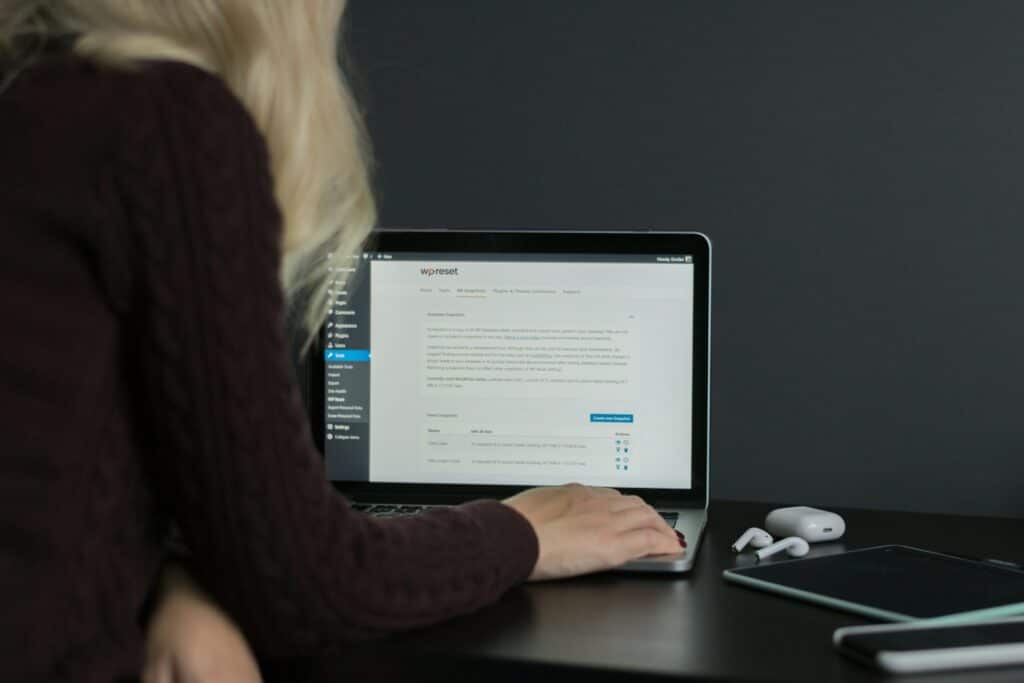WordPress stands as one of the most popular content management systems worldwide, powering millions of websites. While this popularity makes it a highly versatile and trusted platform, it also attracts unwanted attention from cybercriminals who exploit vulnerabilities and weaknesses in website security settings. Ensuring the protection of your WordPress website is of paramount importance to maintain the safety of your data, the credibility of your online presence, and the trust of your visitors.
This comprehensive guide aims to equip WordPress website owners and administrators with the knowledge, tools, and best practices required to implement robust security measures, minimising the risks of cyberattacks and data breaches. We will delve into the significance of website security for WordPress sites and discuss various security measures, including regularly updating themes, plugins, and core files, building a reliable backup and recovery strategy, strengthening user authentication, implementing SSL certificates, utilising security plugins and monitoring tools, and managing user access.
By investing time and effort into safeguarding your WordPress website, you create a secure, reliable, and trustworthy online environment for your visitors, allowing you to focus on growing your business. ThriveWP, the UK-based WordPress maintenance service experts, is committed to providing extensive support, site care, and management services to ensure your website remains secure and up-to-date, empowering you to concentrate on achieving your business objectives. Together, let’s create a secure digital landscape, allowing you and your audience to thrive online.
1. Regularly Updating Themes, Plugins, and Core WordPress Files
Keeping your WordPress core, themes, and plugins up-to-date is a fundamental security measure. These updates often include important security patches, bug fixes, and enhancements that address known vulnerabilities. Regularly updating your website components ensures that you’re protected against potential threats. Follow these guidelines for effective updating:
– Enable automatic updates: By automating updates for WordPress core, themes, and plugins, you ensure that your site remains current and safe from vulnerabilities.
– Monitor and review updates: Stay informed about the latest updates and security patches, and promptly apply any urgent fixes.
– Test updates on a staging site: Before implementing updates on your live site, test them on a staging environment to ensure compatibility and avoid unexpected issues.
2. Building a Robust Backup and Recovery Strategy
In the event of a security breach, data loss, or website misconfiguration, having a secure, comprehensive backup of your WordPress site is invaluable. Implementing a reliable backup and recovery strategy ensures that you’re prepared to restore your site and minimise downtime. Here are essential steps to create a robust backup plan:
– Schedule automatic backups: Configure regular, automatic backups to guarantee that you always have recent, consistent copies of your website files and database.
– Choose a reliable backup solution: Use a reputable plugin like UpdraftPlus, BackupBuddy, or Duplicator or a managed backup service provided by your web host.
– Store backups off-site: To ensure the safety of your backup files, store them off-site using secure cloud storage services like Google Drive, Dropbox, or Amazon S3.
– Test backup restoration: Periodically test recovering your site from a backup to ensure that your restoration process works seamlessly when needed.
3. Strengthening User Authentication and Password Management
Weak user authentication and passwords are a common way for hackers to gain access to your site. Implement strong authentication methods and robust password practices to keep your WordPress account secure:
– Enforce strong password policies: Ensure that all users on your site create complex, strong passwords that combine uppercase and lowercase letters, numbers, and special characters.
– Enable two-factor authentication (2FA): 2FA adds an extra layer of security by requiring users to provide additional verification, such as a unique code sent to their phone, to log in.
– Limit login attempts: Use plugins like Limit Login Attempts Reloaded or Loginizer to restrict the number of failed login attempts, reducing vulnerability to brute force attacks.
– Change the default admin username: Altering the default ‘admin’ username makes it more difficult for hackers to guess the credentials and access your site.
4. Implementing SSL Certificates and Secure Connections
An SSL (Secure Sockets Layer) certificate ensures that a secure, encrypted connection is established between your website and its visitors, protecting sensitive data transfers. Implementing SSL and maintaining secure connections is vital to safeguarding your site and earning visitors’ trust:
– Obtain an SSL certificate: Acquire an SSL certificate from trusted providers like Let’s Encrypt, Comodo, or Symantec. Many web hosts offer free SSL certificates as part of their hosting packages.
– Enable HTTPS: Configure your website to use HTTPS, ensuring secure connections and encrypted data transmission. Remember to force HTTPS redirects as well as update all internal links and resources to HTTPS.
– Display a security badge: Displaying an SSL security badge or trust seal on your website demonstrates to users that your site is secure, increasing trust and credibility.
5. Utilising WordPress Security Plugins and Monitoring Tools
Security plugins and monitoring tools significantly enhance your website’s security by providing real-time alerts, protection against various cyber threats, and regular security scans. Consider implementing these renowned security plugins:
– Wordfence: A comprehensive security plugin offering a built-in web application firewall (WAF), malware scanner, live traffic monitoring, and two-factor authentication.
– Sucuri Security: This plugin provides a variety of security features, including security activity auditing, file integrity monitoring, remote malware scanning, and efficient customer support.
– iThemes Security: Formerly known as Better WP Security, iThemes Security offers a range of security features, such as two-factor authentication, scheduled malware scanning, and robust password management options.
Conclusion:
Taking a proactive approach to safeguarding your WordPress website is essential to its ongoing success. By maintaining regular updates, implementing a robust backup and recovery strategy, strengthening user authentication and password management, securing connections with SSL, and utilising security plugins and monitoring tools, you can protect your site from cyber threats and maintain a secure, reliable online environment.
ThriveWP, the UK-based WordPress maintenance service experts, offers extensive support, site care, and management services, ensuring your website remains up-to-date and secure. Entrust your website’s security to the experts, so you can focus on growing your business while providing a safe and dependable experience for your users.






